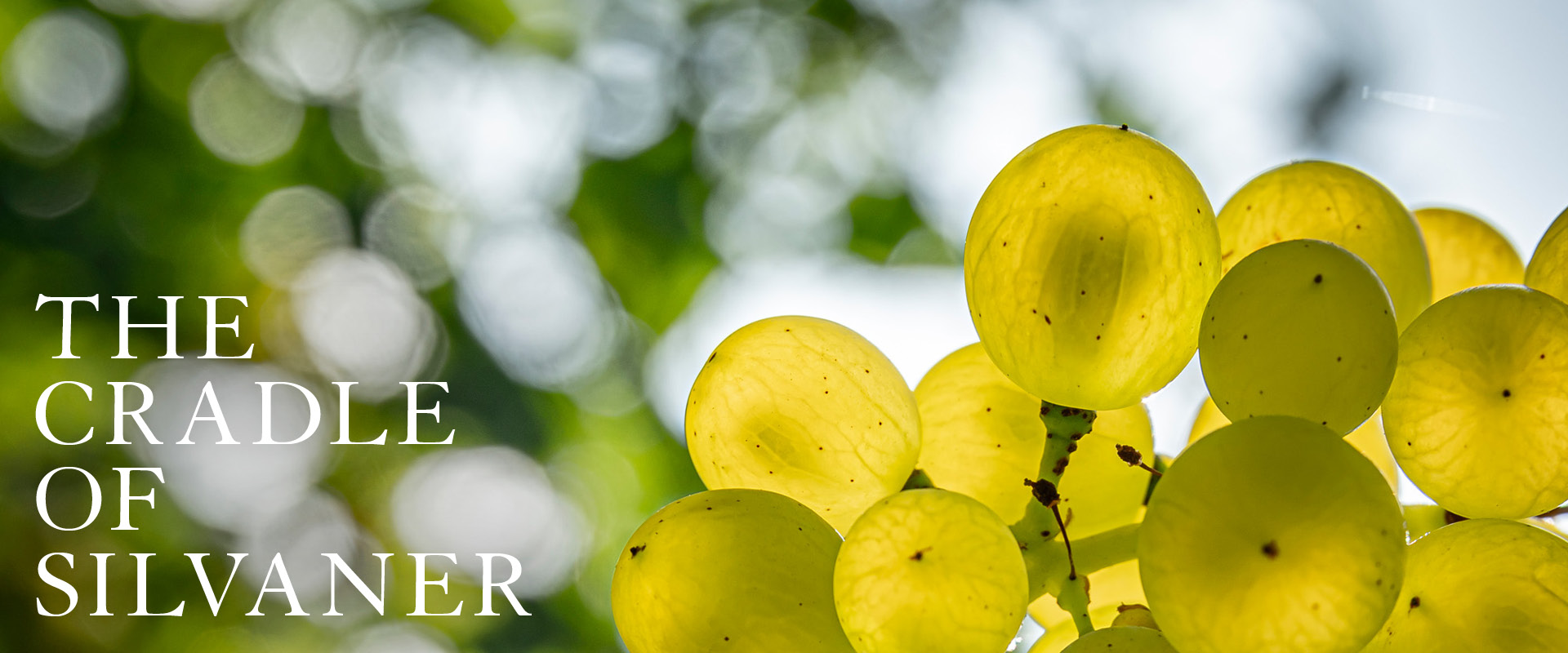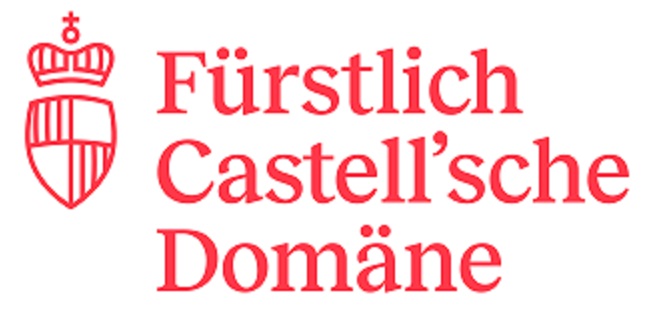


We build on the power of our soils, dominated by gypsum keuper; on the consistency of our sites; and on the cellarability and brilliance of Silvaner. It all starts with the vineyards. These precious soils are, after all, the foundation of all our creation. Passing them on in good health to the generations to follow is our central mission, achieved through an approach that is consistently low intervention and which promotes tremendous respect for nature’s own power. It is a path that acknowledges the role that active soil plays in keeping our vines healthy, and which focuses on a cycle of sustainability that promotes health and vitality of the nutrients, microorganisms and microbes and delivers ideal volumes of nutrients and water. Exposition, elevation, composition of the soil and vineyard slope all play a decisive role in making each site distinctive and different, despite a separation of little more than a few hundred meters. The challenge of grasping these nuances and conveying them into the bottle drives us year for year and vintage for vintage.


Above all else, our family is focused on long-term strategies and synergies built around a lo-fi approach. It should come as no surprise that forestry, which we have been pursuing roughly as long as viticulture, plays a key role in this. It certainly presents no less of a challenge in this age of climate change. Our oaks grow in our forests around Castell, on the same terroir as our vines. The fine-pored structure of the wood we use to build our wooden casks emerges through the ancient artisanal traditions of our region, and perfectly supports the slow maturation of our wines. Our winegrowing and forestry come together in a philosophy of minimal intervention and a pragmatic orientation toward a sustainable future.
